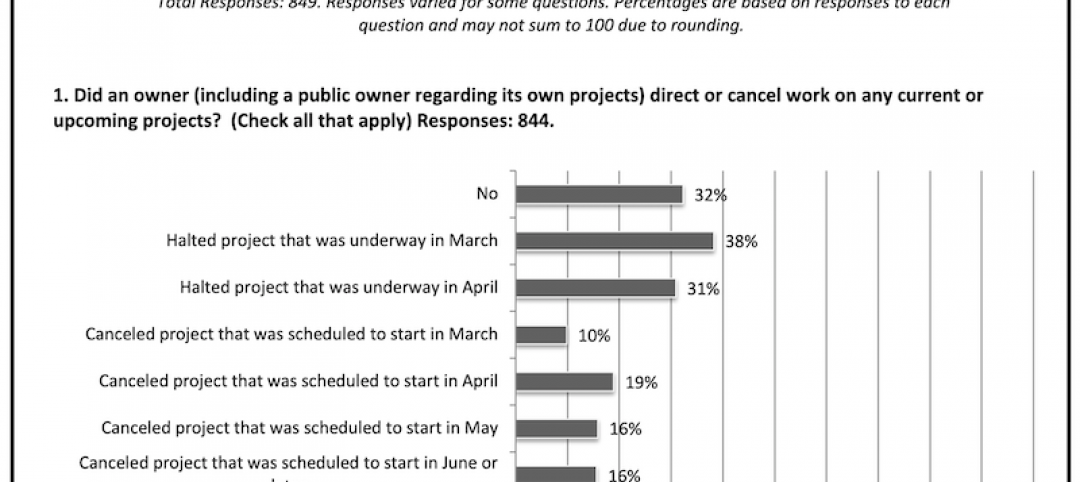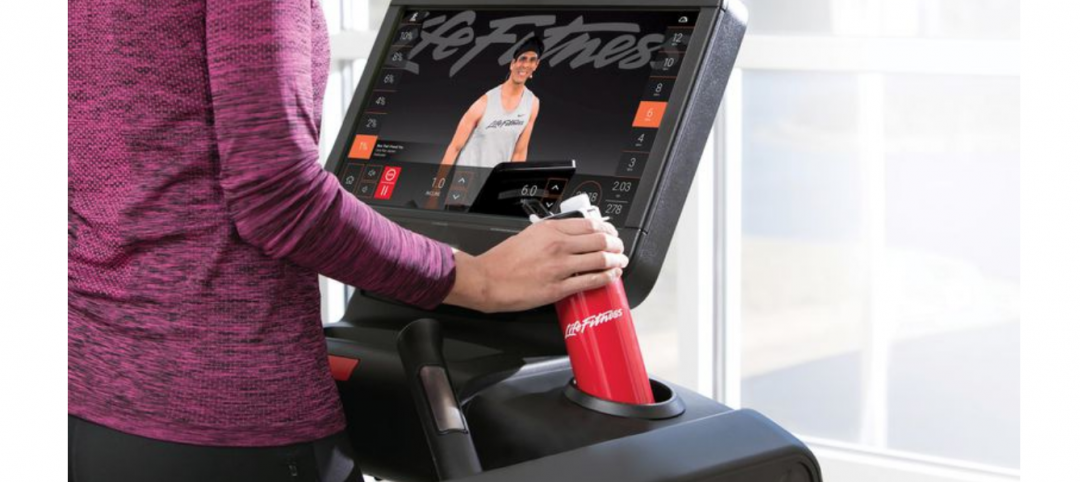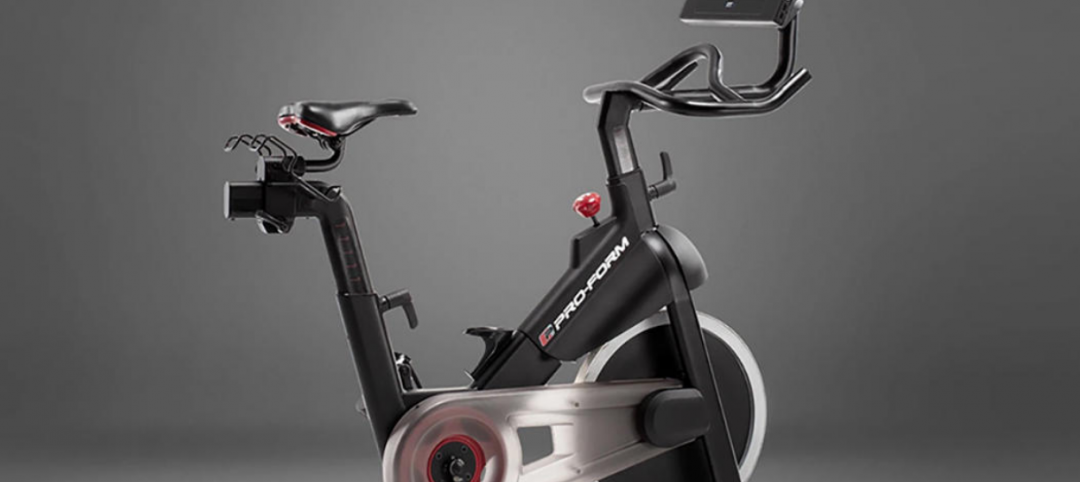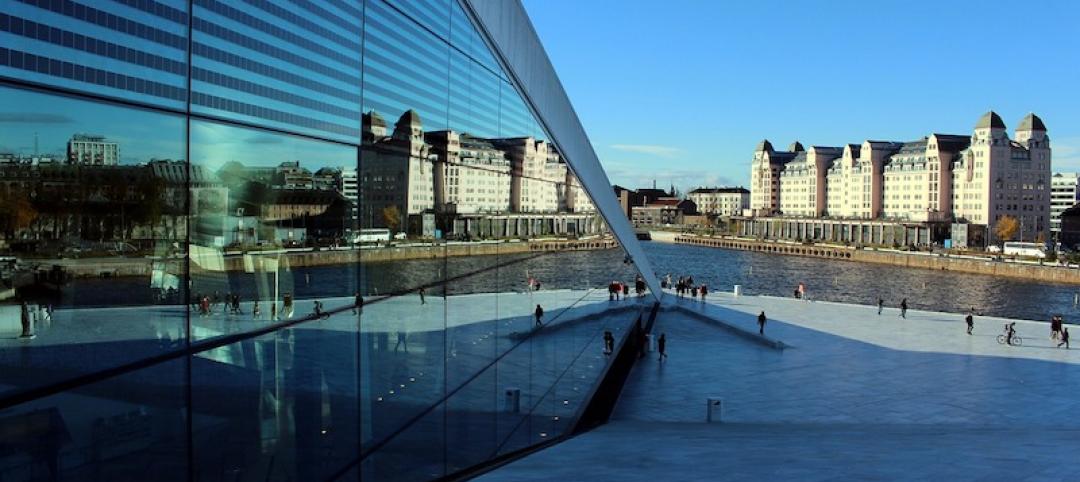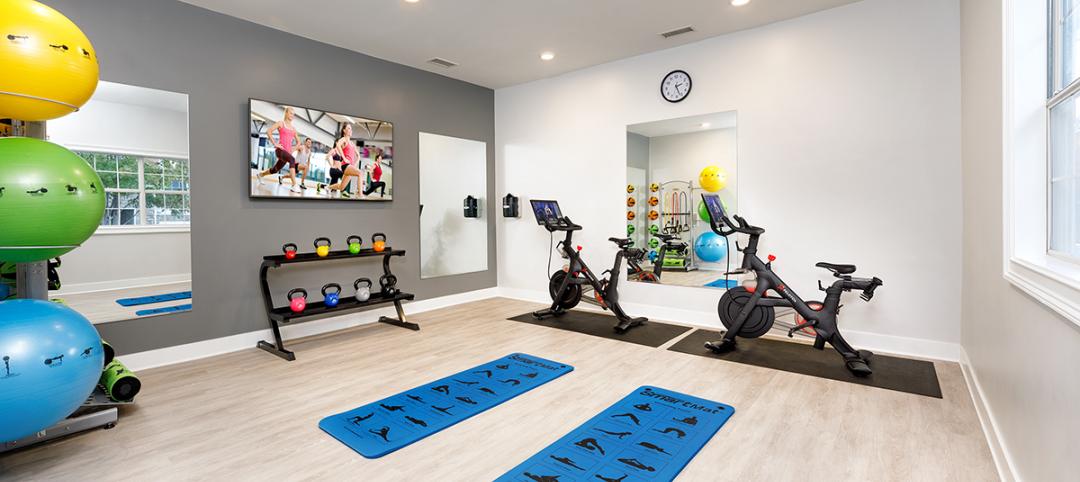In her 1859 book “Notes on Nursing,” Florence Nightingale called unnecessary noise in hospitals “the most cruel absence of care.” A century and a half later, her message still seems to be falling on deaf ears, as noise has become one of the biggest patient complaints against hospitals.
In a recent Chicago Tribune article (“Hospitals drowning in noise”), Julie Deardorff notes that the World Health Organization has established a standard of 40 decibels or less for hospitals. Yet sound levels in hospitals around the world are averaging 70 dB during the day, 60 dB at night.
Deardorff cites studies indicating that noise in hospitals increases heart rates, blood pressure, respiratory rates, and cortisol levels (affecting the adrenal or pituitary gland). Patients in noisy recovery rooms ask for more pain medication.
Pre-term babies face a greater incidence of abnormal brain and sensory development, speech and language problems, and hearing loss from excessive noise. Elderly patients exposed to noisy conditions can lose up to two hours’ sleep at night, leading to high blood pressure, high blood sugar, fatigue, and mood changes, according to researchers at the University of Chicago.
The rise in hospital noise levels can be attributed to the greater use of technology—all those beeping monitors and so on. But building systems also play a role. HVAC systems can make a lot of noise in providing the high rates of air exchange needed in hospitals; floors and walls have to be able to endure frequent cleaning, but their hard surfaces become perfect soundboards.
Happily, healthcare professionals and hospital designers are joining forces to address the problem. The Healthcare Acoustics Research Team, based at Georgia Tech, is bringing together technical experts in architecture, acoustics, engineering, psychology, and medicine to research the problem.
It’s not an easy nut to crack. At Chicago’s Prentice Women’s Hospital, designers bypassed the central nursing station and created numerous smaller stations, lowering noise levels. Rush University Medical Center’s new hospital, which is scheduled to open in 2012, will use carpeted hallways (combined with a spot-cleaning program), a quieter HVAC system, and dimmed lighting in hallways at night to encourage quiet.
Excessive noise is not just a problem in hospitals. Think of all the other building types where noise can impede the performance or well-being of occupants. Take educational facilities. If students can’t hear their teachers, classroom performance surely will drop dramatically.
Workspace environments are another sore spot for the ears. It may be good to have a little “hum” in the office, but when that buzz reaches a certain decibel level, productivity can decline.
In the hospitality sector, haven’t we all had a business trip or vacation marred by a noisy hotel room? Restaurateurs will tell you that they want their dining rooms to be alive with conversation, but in many bistros the din becomes so raucous that normal conversation is impossible.
Religious buildings and conference centers can also be plagued by poor acoustics, further diminishing the value of their experience to users.
What to do? Start by making sure that, for projects where noise could become a detriment, your Building Team includes an acoustical expert—and get that contractor on board early. —Robert Cassidy, Editorial Director
Comments? Send them to: rcassidy@sgcmail.com
More from Author
Rob Cassidy | Mar 30, 2020
Your turn: Has COVID-19 spelled the death knell for open-plan offices?
COVID-19 has designers worrying if open-plan offices are safe for workers.
Rob Cassidy | Mar 25, 2020
Coronavirus pandemic's impact on U.S. construction, notably the multifamily sector - 04-30-20 update
Coronavirus pandemic's impact on U.S. construction, notably the multifamily sector - 04-30-20 update
Rob Cassidy | Nov 20, 2019
Word of the Year: "climate emergency," says the Oxford English Dictionary
The Oxford Word of the Year 2019 is climate emergency.
Rob Cassidy | Nov 8, 2019
The Peloton Wars, Part III - More alternatives for apartment building owners
ProForm Studio Bike Pro review.
Rob Cassidy | Nov 1, 2019
Do car-free downtown zones work? Oslo, yes; Chicago, no
Two recent reports (October 2019) explore whether car-free downtowns really work, based on experience in Oslo, Norway, and Chicago.
Rob Cassidy | Oct 9, 2019
Multifamily developers vs. Peloton: Round 2... Fight!
Readers and experts offer alternatives to Peloton bicycles for their apartment and condo projects.
Rob Cassidy | Sep 4, 2019
Peloton to multifamily communities: Drop dead
Peloton will no longer sell its bikes to apartment communities.



